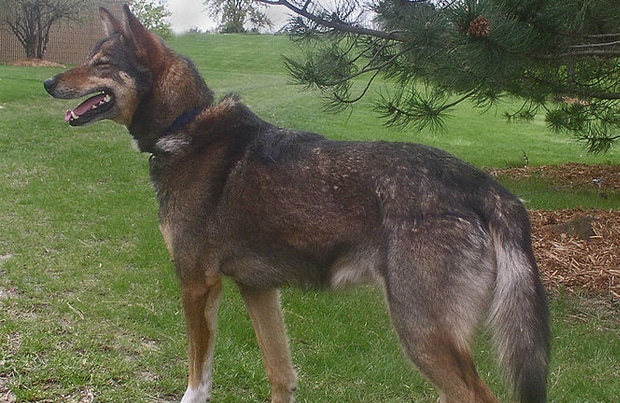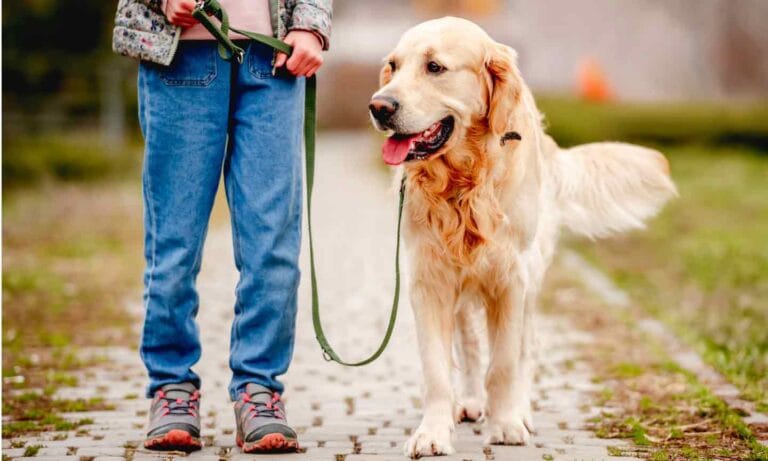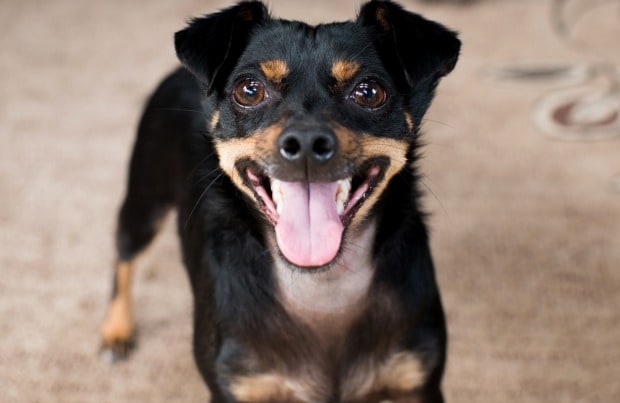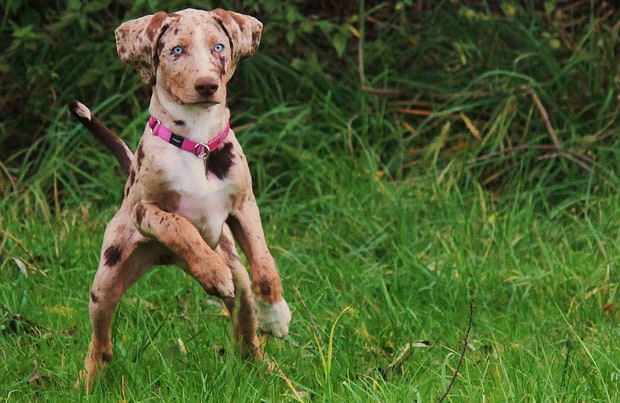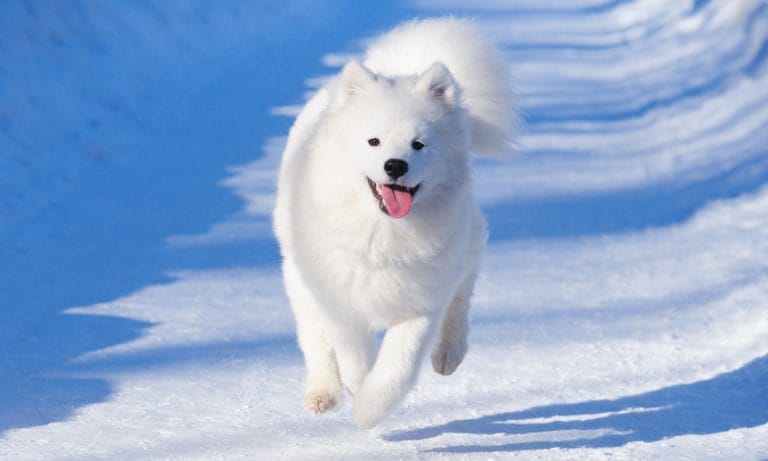About the Alaskan Husky Dog Breed
An Alaskan Husky is not in actuality a breed of dog, but rather a category of dog. All breeds of highly efficient sled dogs fall under the Alaskan Husky category, as the Alaskan is the breed of choice for world-class dog sled racing and sprint competition. The majority of Alaskan Huskies have pointy ears and a tail that curls over their backs.
Alaskan Husky Physical Characteristics
Alaskan Huskies resemble Siberian Huskies in appearance. Males range from 40 to 60 pounds and females average 35 to 48 pounds. It has good vision and a strong nose due to the inclusion of sight-hound in their genetics. Swimming and retrieving do not come naturally to the Alaskan Husky, but it can jump up to six feet from a sitting position.
Color(s)
Because the Alaskan Husky is more a general category than a strict breed, it comes in any color and any pattern of markings. The Alaskan Husky is larger and leaner than the similar looking Siberian Husky. Where Siberians often have blue eyes, or a combination of blue and brown, Alaskans’ eyes are generally brown.
Coat
An Alaskan Husky’s coat tends to be self-cleaning, much like the similar Alaskan Malamute or Siberian Husky. Therefore, it doesn’t tend to get stinky and only need infrequent bathing. Shedding occurs once a year as a seasonal event during spring; it does not lose hair year-round.
Alaskan Husky Personality and Temperament
Activity Level
High
Positives
The Alaskan Husky tends to vary as much in temperament as it does in appearance. It is often affectionate with people as well as other dogs, and is are known for their enthusiastic cuddling. Though the Alaskan Husky is usually thought to be a “jumper,” it usually jumps on people out of affection, not dominance.
Things to Consider
The Alaskan Husky is loyal but fiercely independent, and will not stick close if let off-leash. It is an adventurer at heart and loves car rides and changes in routine. It can be willful and mischievous, and difficult to housebreak without a firm hand leading them. If you don’t have a lot of time to spend with a dog, an Alaskan Husky will not be the breed for you.
Alaskan Husky Care
Ideal Living Conditions
The Alaskan Husky does not do well in an urban apartment environment as it need a constant source of exercise. A spacious home with a large yard is ideal for the Alaskan Husky.
Special Requirements
The Alaskan Husky is extremely energetic, with seemingly unquenchable endurance.
Alaskan Husky Health
The Alaskan Husky lives approximately 12 to 15 years. It is generally considered to be healthy breed, but tends to fall victim to certain strains of genetic health problems similar to those found in purebreds. These may include progressive retinal atrophy, which culminates in blindness and hypothyroidism, and a congenital deformation of the larynx, which causes the dog to make a wheezing sound when breathing; earning Alaskan Huskies the nickname “wheezers.”
Alaskan Husky History and Background
The Alaskan Husky, though not a recognized breed on its own, originates from the cross-breeding of multiple other breeds. The purpose of breeding an Alaskan Husky is to create the best working dog possible, so the bloodlines will depend on the specific purpose the Alaskan Husky will be used for.
A racing sled dog, for instance, may be any combination of husky and purebred pointer or hound, depending on the need for distance or sprinter speeds.
Originally, Alaskan Huskies were developed by mushers (dog sled racers) from the different bloodlines of native Inuit dogs. Some of the main breeds used now in developing Alaskan Huskies include the Eskimo dog, Siberian Husky, Greyhound, and German Shorthaired Pointer.
By: Chewy Editorial
Share:
